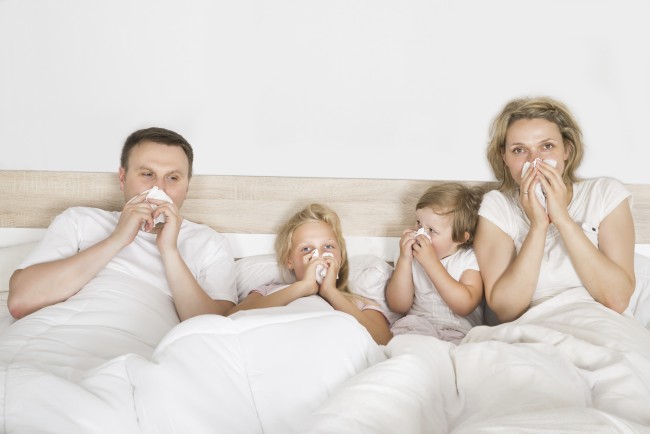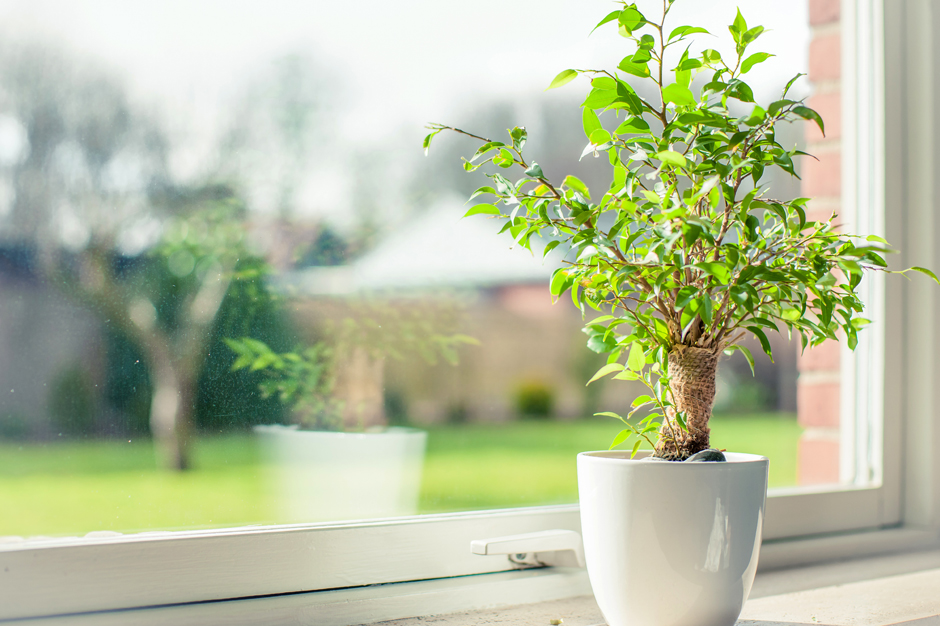
The indoor air quality in your home may be affecting your health and the health of your family members. Because the indoor air can often contain more toxins and chemicals than outdoor air. What could be polluting the air in your home? Everything from mattresses to pots/pans to kids PJs can contain harmful chemicals in indoor air. The pollutants that lurk outdoors can be found indoors as well, those can include fumes from combustion devices and gas-fired appliances, not to mention allergens such as pet dander, house dust mites, and mold.
There is also the fairly intense burden of allergens with indoor air quality such as pets, house dust mites. And perennial (year-long) allergens are 10- to 100-fold higher indoors than out. If you live in a home with chronically poor air quality, you can experience frequent headaches, long lasting colds, and bronchitis as well as chronic asthma.

There are some ways to improve your house air. Take these simple ways to keep irritants out of your airways, which can help stop trouble before it gets started.
1: Increase ventilation in your house.
A very easy way to get good indoor air quality is to open your window half an hour in the morning and half an hour in the evening when the weather permits. This will automatically flush the pollutants and bring fresh air inside. It will dilute the concentration of pollutants inside the house.
But outdoor air contains by-products of gas emissions from cars and trucks, industrial pollution, as well as dirt and mold. Maybe you can consider that using trickle ventilation, which is a 10-inch high screen with extra filters, it adjusts to most windows and allows fresh air in, helps escort indoor pollutants out.
2: Add some houseplants in your house
Plants are Mother Nature’s air purifiers. Because plants emit oxygen. They are a great option for improving indoor air. Try growing any of these houseplants below to filter toxins from the air in your home or office:
1. Butterfly Palm
2. Lady Palm
3. Rubber Tree
4. Cornstalk Dracaena
5. Peace Lily
6. Chrysanthemum
7. Chinese Evergreen

3: to purify indoor air is with activated charcoal
Also known as active carbon or simply carbon, activated charcoal is odorless and highly-absorptive. Charcoal can have the same toxin-removing effect on the air. We use bamboo charcoal in burlap bags in our house. They work wonders for odor removal and removing toxins from the air.
Moso air purifying bags, made of linen and filled with bamboo charcoal, absorb unpleasant odors and dehumidify the air. The porous structure of the high density bamboo charcoal helps remove bacteria, harmful pollutants and allergens from the air and absorbs moisture, preventing mold and mildew by trapping the impurities inside each pore. The Moso air purifying bag has been scientifically proven to reduce the amount of formaldehyde, ammonia, benzene, and chloroform gases emitted from everyday items such as paint, carpeting, furniture, air fresheners, chemical cleaners, rubber, and plastics. Toxin free, the bags are safe to use around pets and children. The bamboo charcoal rejuvenates when the bags are placed in sunlight once a month. You can reuse the bags for two years, after which the charcoal can be poured into the soil around plants to fertilize and help retain moisture.
4: to clean indoor air with Salt lamps
Salt lamps are another natural way to clean indoor air. They are made from himalayan salt crystals and just like the beeswax candles. It is another natural ionic air purifier that they release negative ions in to the air to help clean it.
5:Use Beeswax Candles
If you like to burn candles for natural light, avoid paraffin candles which release petroleum byproducts into the air. Instead, opt for beeswax candles. Pure Beeswax Candles on the other hand burn with almost no smoke or scent and clean the air by releasing negative ions into the air. These negative ions can bind with toxins and help remove them from the air. Beeswax candles are often especially helpful for those with asthma or allergies and they are effective at removing common allergens like dust and dander from the air.
Finally if you have pets that you love, Keep the pet outside or at the very least outside of your bedroom, Just reducing the allergen burden in the bedroom will likely have some benefit because we spend eight hours in the bedroom a night. On the other hand, bathing your pet regularly can also reduce allergen burden.
